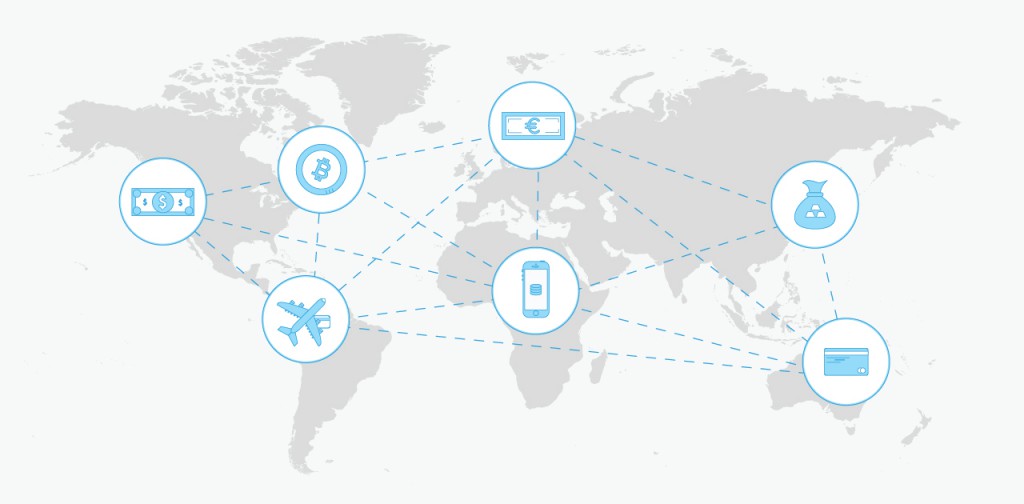
Today’s payment networks are disconnected and far from interoperable. We can move money within a bank, within one card or peer-to-peer network, or within some countries with relative ease. But try sending an international payment, or settling across networks, and it will take days or cost a small fortune, if it’s possible at all.
The Web can fix this problem. Originally designed to link disparate document systems housed in universities, the Web is the great connector. Information travels across the world in fractions of a second; why isn’t the same true for money? As one of the main standards bodies for the Web, the W3C has a massive opportunity to use the Web’s technologies and connectivity to bring interoperability to payments.
The W3C’s Web Payments Interest Group is discussing two approaches for improving the user experience, speed and security of payments.
The first approach, which has been the primary focus of the Interest Group thus far, is to build an abstraction layer on top of the existing and future payment systems to hide their differences from users and developers as best as possible. This layer could help payer and payee discover what payment methods they have in common and pass the rest of the interaction off to the chosen network. However, we would still be left with significant variance in speed, security, and the information required for authentication, payment authorization, and regulatory compliance. This approach requires users (or their agents, such as web browsers) and merchants to adopt the new system but it can bring some nearer-term benefits. It would not, however, seek to modernize the underlying payment systems.
A more ambitious approach is to drive for transformative change using Web technologies and standards: interoperability of networks, greater speed and security, and lower costs. The goal is to fundamentally improve clearing and settlement, or how money actually moves between networks and around the world. Payers and payees would never again have to wonder whether they have a particular payment method in common, but can simply send money from one to the other via the Web. “I have Visa but you only accept digital gold (or MasterCard, PayPal, Bitcoin, cell phone minutes, or fractions of some company’s shares)? No problem! Done.” People store value in many different places, currencies and instruments. The Web can connect all of them.
Web standards for financial transactions between networks and institutions can make money move with the same ease and speed information moves today. There are some interbank messaging standards that exist today, such as ISO 20022, but there are no standards or “Web rails” that are simple, open, and expressive enough to link banks, card networks, PayPal, Alipay, airline miles, cryptocurrencies, etc. The Web can enable seamless payments between all of these. Governments and companies around the world are already realizing the power that open APIs and Web protocols have to make financial systems more dynamic and efficient. Standards are the key to linking our disconnected systems.
The Value Web Task Force within the W3C’s Web Payments Interest Group is exploring the case for using Web standards for inter-network payments and developing proposals for what these standards could look like. We are actively seeking banks, networks, clearinghouses, central banks, regulators, cryptocurrency companies, and others who share the vision of a more connected and efficient global Internet of Value.
If you are interested in getting involved, join us in the W3C’s Web Payments Interest Group. For more information email public-webpayments-ig@w3.org with the subject tag [value web] or reach out to standards+w3c@ripple.com.
